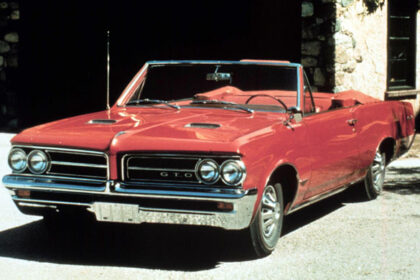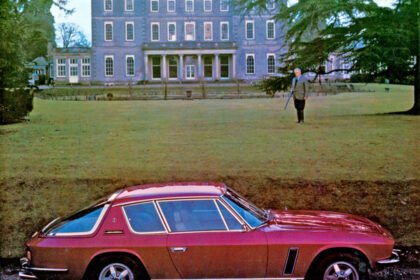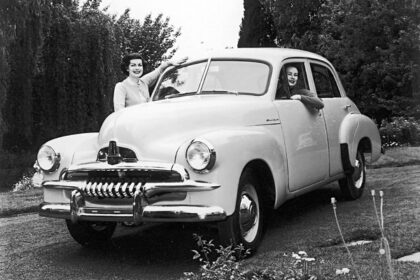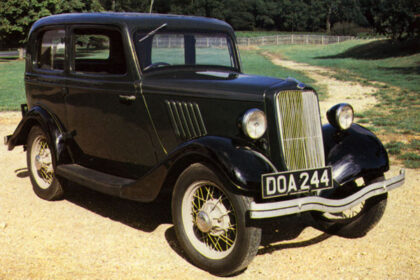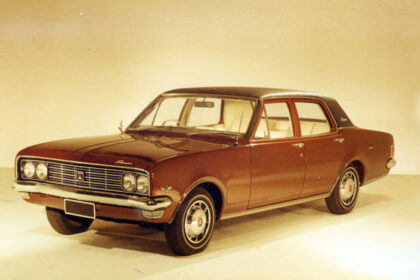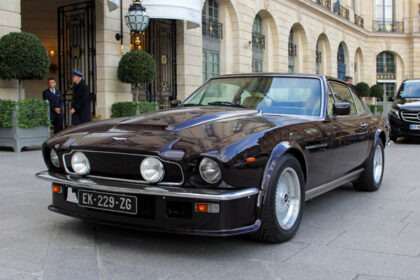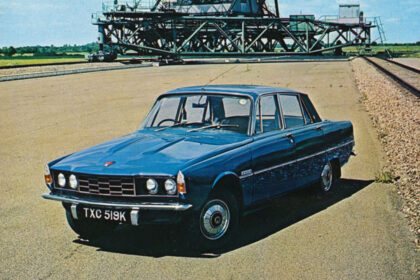MORGAN PLUS 8
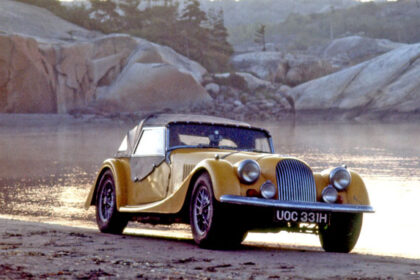
The Morgan Plus 8 was first launched in 1968. It retained the basic classic sports car shape used on the first four-wheel Morgan introduced in 1936 and similar chassis and suspension. This Z-section ladder chassis with a suspension comprising coil springs at the front and a solid axle on semi-elliptic springs at the rear dated back to the original 1910 Morgan. However, it had a new Rover V8 overhead valve engine which gave it sparkling performance. When Rover adopted the 3.5-litre, small block, all-alloy Buick V8 engine for use in… Read more




